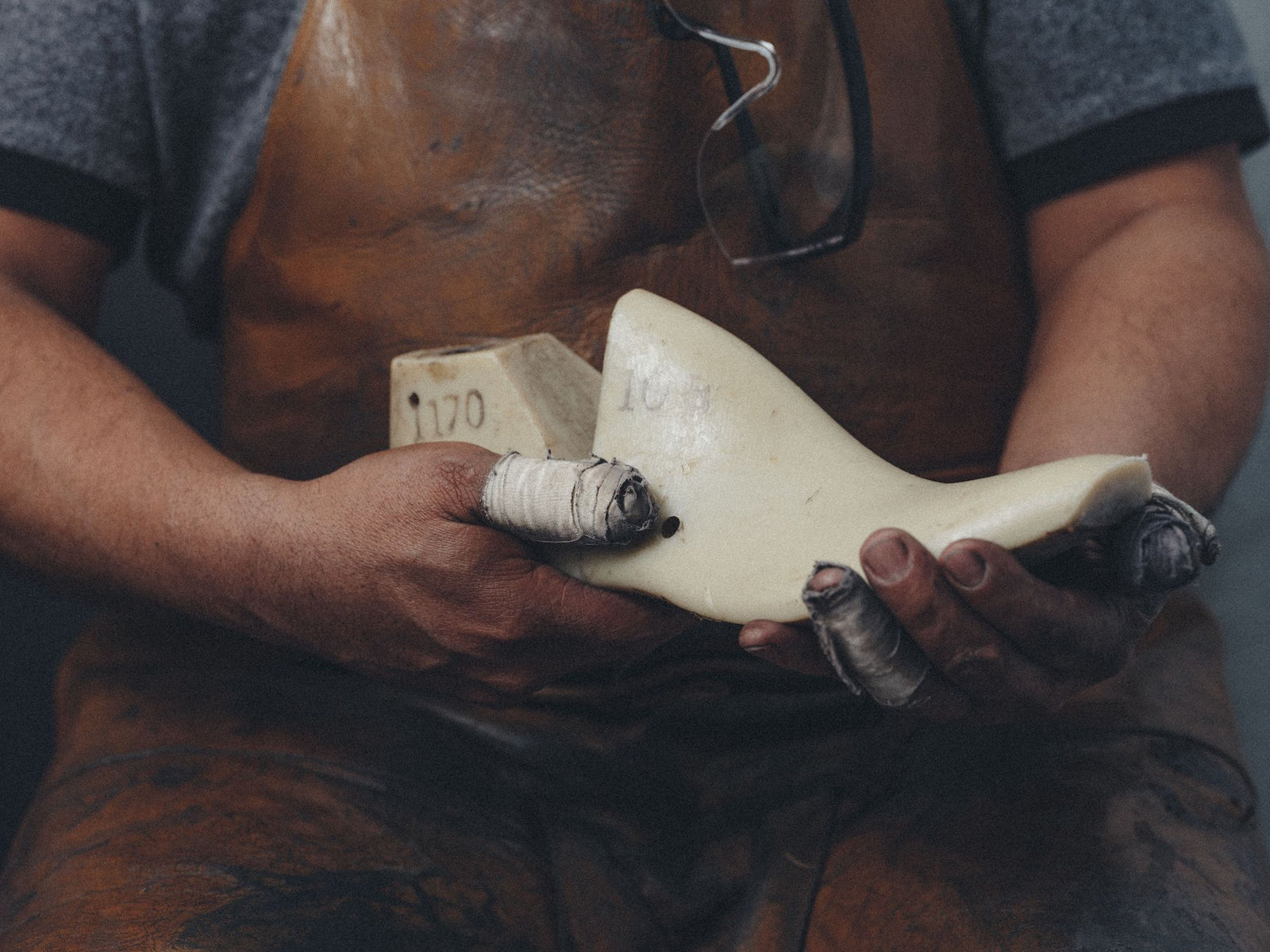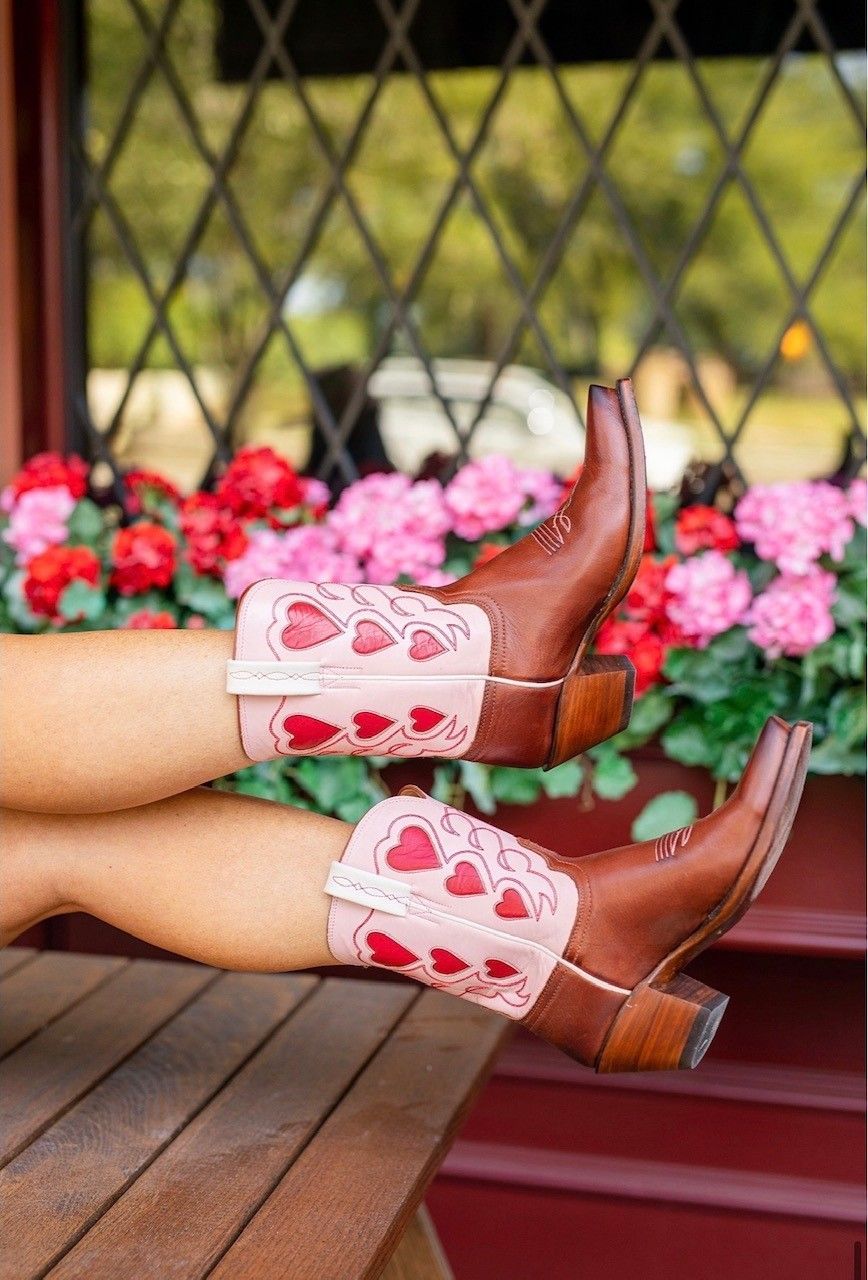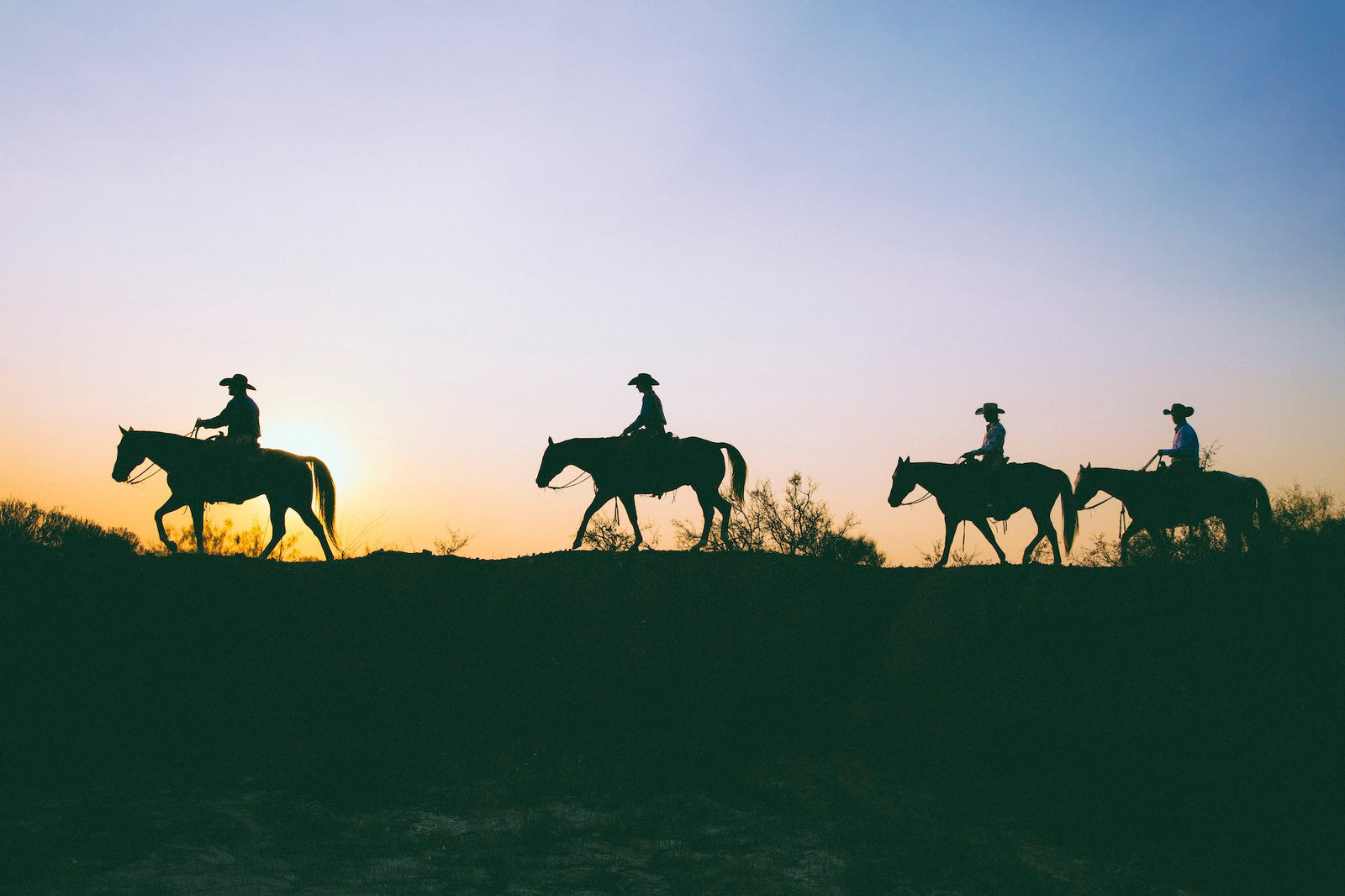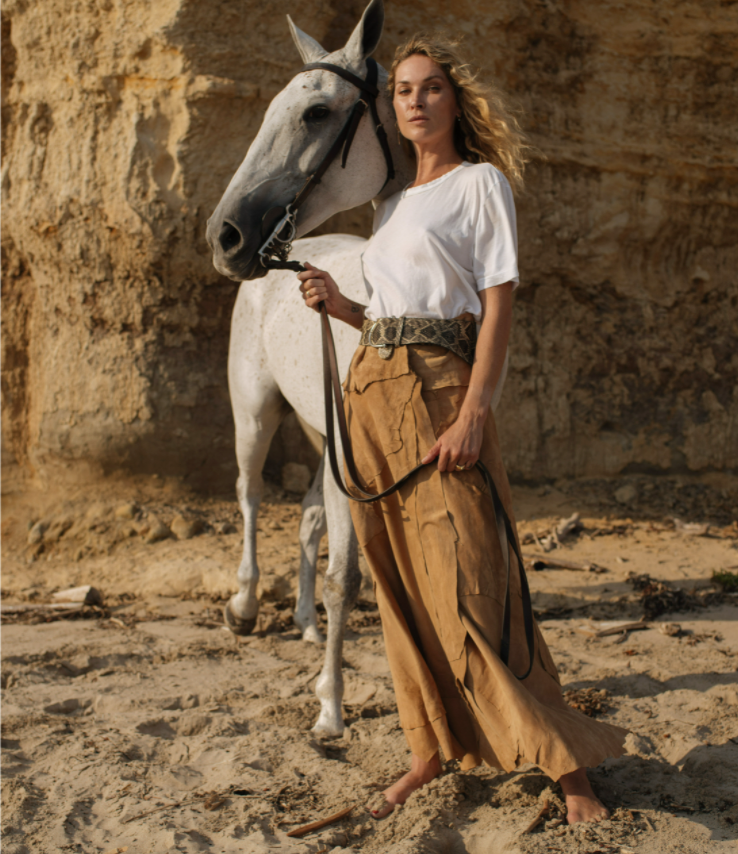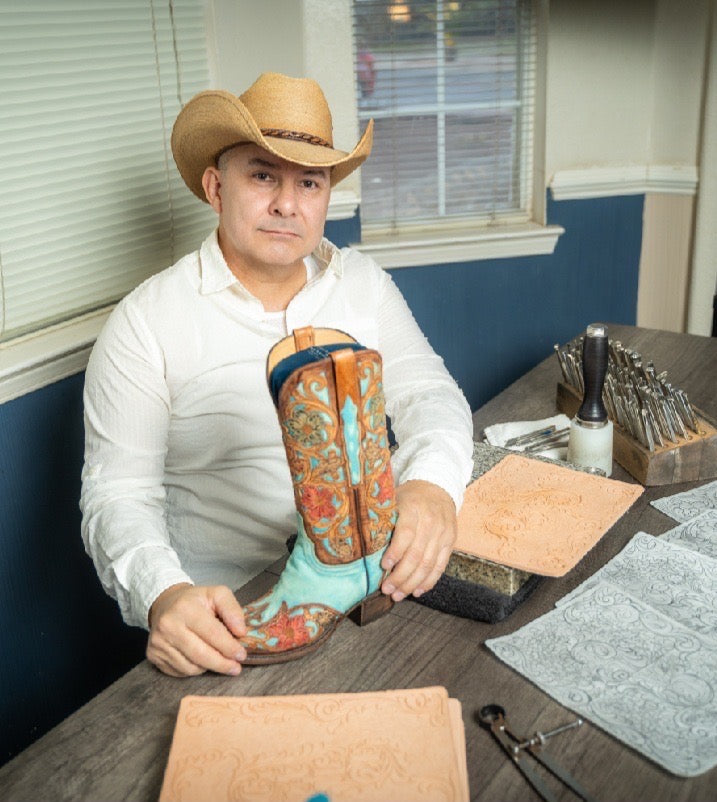
When we launched The Last Word, we introduced the series Small Town Texas. Grab your camera and refamiliarize yourself here.
---
Metal clanks as your tires turn over the railroad tracks, taking you into the historic downtown of Thorndale, Texas. You won't have to drive far; the familiar outlines of historic buildings are visible from Highway 79, your likely route into this small Texas town. Far from a ghost town, it's no bustling urban city center either. Quiet country music floats out from the open door of a small shop; residents audibly greet each other and catch up; someone's truck door slams loudly as they get in after running an errand. And if you arrive an hour before sunset, the light's just beginning to deepen into a light-orange glow, kissing the tops of structures.
Named for the prickly plant life that inhabits this part of Texas, Thorndale is nestled near Blackland Prairie and its history stretches back to 1878. What it has is an explorer's smorgasbord of peeling paint, faded signs, steel silos, crumbling walls, rusty doors, abandoned buildings and more. With a population just over a thousand, Thorndale is a compact adventure with a variety of exploration options.
The downtown stretches for a couple of blocks, melting into neighborhoods with small old wood-frame homes. One gutted-out old abandoned building on a corner, really only a shell now, captures attention immediately upon entering Thorndale. Birds perch along the crumbling walls as you enter from its gaping front. Architectural anatomy is on full display: You see where beams and walls once married the outer structure; bright paint flecks hint at the building's once vibrant color; old insulation clings in between crumbling bricks; and rusted metal adds earthy richness to the entire palette. Sun streams in over the open roof and through an old door, creating bright orange patterns mixed with the shadows. Though exposed to the elements, the interior feels dry, like an old adobe building in a desert.
The other building in a similar condition sits across the street, but contrasts completely with its sunny cousin. This one still has its historic façade intact; from the street it seems fine. Stroll around the back and its been clawed out, nothing remaining except shaded grassy clumps, tall plants, moss and moisture. Old metal equipment lies in the middle, long discarded. Dark grass meets manmade like an earthy carpet. It's quiet — eerie even — and as the sun sets, light only barely reaches the outermost tops of the walls' edges and shines weakly through the cracks between walls and windows.
Near the highway, steel, still-in-use silos and equipment that local kids explore and play around hug the railroad tracks you first rolled over. Tall and looming, they seem like futuristic skyscrapers when you stand right under them and look straight up. A rusted, rounded-roof shed houses equipment and nervous pigeons. At some times of the year, corn grows right next to the silos, contrasting between man and nature.
As you explore, you'll stumble on a dimly lit bar/barbeque joint that has a least 25 years of dust accumulated on every piece of wall decoration (which is covering every inch of every wall). Right off the main road, down a bit from the downtown area, is the Thorndale Meat Market that surprises with a giant rusted patchwork door and similar patchwork architecture towering high above, pigeons flying to and from.
Throughout the small town, old faded signs on buildings hint at a more prosperous past, making for a charmingly calm, quiet atmosphere prime to let your mind wander.
Find your own secrets and tag all Facebook posts, Instagram photos, tweets and more with #Lucchese and #smalltowntexas. And be sure to follow @small_town_texas on Instagram.


